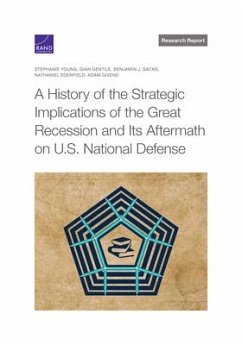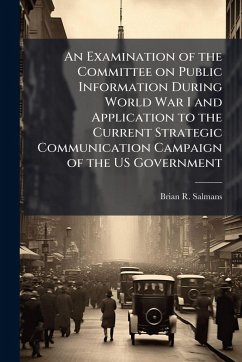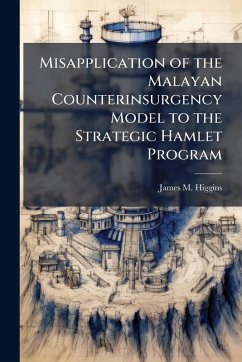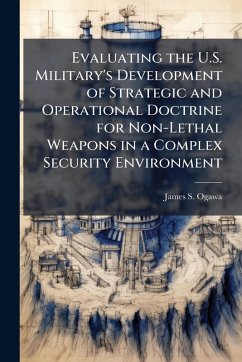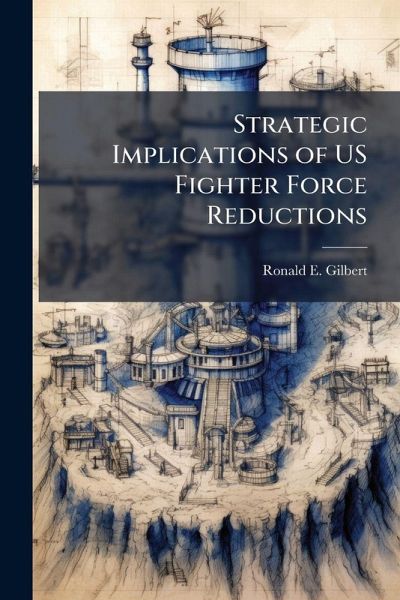
Strategic Implications of US Fighter Force Reductions

PAYBACK Punkte
8 °P sammeln!
Lanchester equations are used as the foundation for analysis of air superiority forces, mathematically addressing the impending shortage of the United States fighters; focusing on the role of advanced technology: stealth aircraft, air-to-air missiles, and the rapid proliferation of electronic attack capabilities. These factors are accounted for in determination of the attrition coefficients for heterogeneous fighter aircraft through a simplistic scoring methodology and compared to potential adversarial states. ARENA simulation is employed to determine minimal fighter requirements and expected ...
Lanchester equations are used as the foundation for analysis of air superiority forces, mathematically addressing the impending shortage of the United States fighters; focusing on the role of advanced technology: stealth aircraft, air-to-air missiles, and the rapid proliferation of electronic attack capabilities. These factors are accounted for in determination of the attrition coefficients for heterogeneous fighter aircraft through a simplistic scoring methodology and compared to potential adversarial states. ARENA simulation is employed to determine minimal fighter requirements and expected blue force losses as a function of threat force size and capability. Analysis concludes that the United States is incapable of fighting a forward deployed aerial battle against a numerically equal or superior force that employs advanced technology unless initial force strength is at least half the adversarial totals. It is recommended that the US leverage innovation and advance specific technological areas surrounding fighter force lethality and survivability to address the deficiency in aircraft numbers for the foreseeable future. This work has been selected by scholars as being culturally important, and is part of the knowledge base of civilization as we know it. This work was reproduced from the original artifact, and remains as true to the original work as possible. Therefore, you will see the original copyright references, library stamps (as most of these works have been housed in our most important libraries around the world), and other notations in the work. This work is in the public domain in the United States of America, and possibly other nations. Within the United States, you may freely copy and distribute this work, as no entity (individual or corporate) has a copyright on the body of the work. As a reproduction of a historical artifact, this work may contain missing or blurred pages, poor pictures, errant marks, etc. Scholars believe, and we concur, that this work is important enough to be preserved, reproduced, and made generally available to the public. We appreciate your support of the preservation process, and thank you for being an important part of keeping this knowledge alive and relevant.



